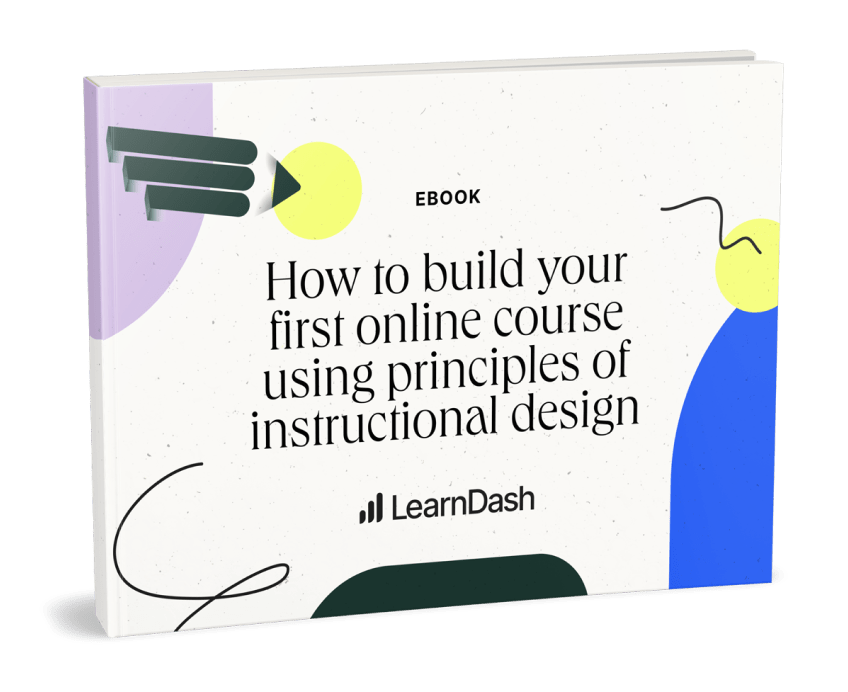 Don’t stick with a Learning Management System that’s holding your organization back.
Don’t stick with a Learning Management System that’s holding your organization back.
Every organization has a set of tools that they use regularly, including software.
For example, many will use Microsoft Office for word processing and presentation creation.
In the elearning context, a company may use Adobe Captivate to create more engaging and interactive content.
However, when the time comes to deliver these courses, they will use a learning management system.
All of these tools are replaceable. But how does an organization know when it’s time to replace them—specifically the LMS?
The implications of changing a learning management system are quite massive. The bigger the organization, the more there is at stake. In other words, the switch from one platform to another must be warranted.
There are numerous reasons why changing an LMS is a good idea. First (and probably most obvious) is if you’re not happy with it anymore. If you’re not happy with something, no sense in continuing to use it, right? 🙂
But let’s focus on some other reasons why you making an LMS switch might be a good idea.
1. The LMS cannot align with organizational strategy.
As organizations evolve, so do their strategies for business. It’s always a good idea to ensure that the tools compliment the strategies put into place.
For example, if an organization is going to start implementing social learning as a way of employee onboarding, then the LMS should align with this directive. Similarly, if you’re heavily invested in delivering AR lessons, then choosing a platform that works well with those features is important.
An LMS that can’t respond to the needs of your business, or that limits what your organization may be able to do in the future, is not a good platform. If you’re constantly running into issues because of this, it’s time to switch.
2. The LMS isn’t the right option for the organization’s size.
This goes both ways and applies whether an organization suddenly grows or shrinks. There are LMS options out there that cater to large enterprises and also to small businesses.
An LMS for small organizations will usually be light on features, but also cost less. These are good for those who aren’t primarily focused on delivering online classes, but want to add a few small courses to help some other goal. It’s also a common starting point for people who are just getting their feet wet in elearning.
On the other hand, enterprise LMSs are fully integrated systems that are both feature rich, highly customizable, and very expensive.
There isn’t an all encompassing LMS to my knowledge. Your organization may start with a small LMS that they later outgrow. When you reach the tipping point, it’s better to make the move to an LMS that can scale with your needs rather than try to continue making things work with one that’s restricting your growth.
3. A niche-specific LMS is available
Depending on the industry there may be an LMS that is built specifically for what an organization does. For instance, if you’re teaching a language course, there may be specific features you need for your course that a niche LMS can offer.
Another example might be for organizations who need specific employee training features, like branching scenarios, or specialized testing for certification purposes.
An LMS that is tailored to an organization’s industry is better built for the demands that the organization will encounter. Not that other solutions aren’t good options—the niche option is just better.
4. The LMS is difficult to use.
Sometimes organizations make a commitment to an LMS that seems promising at first, but falls short when it comes to creating courses. While it’s always tempting to go for an option that promises to make everything smooth and easy, it’s also important to remember that creating courses does take time and effort.
However, if an LMS is consistently causing problems, then it may be time to re-evaluate your decision. Your LMS shouldn’t be getting in the way of your ability to offer the best course you can to your learners.
5. The LMS has stopped evolving.
The elearning industry is always changing, as is the technology supporting it. As the capabilities offered by new technology expand, so do the ways learners engage with it. This changes how course creators build their content, which in turn changes the features LMSs need to offer in order to support them.
LMSs can become complacent once they’ve achieved a certain user threshold. When they stop paying attention to the way the industry around them is changing, their users are left with increasingly outdated designs and course tools. When that happens, it’s time to find an LMS that is still putting in the work.
Choose an LMS that will meet your needs now—and in the future.
If you are in charge of making the switch for your organization then make sure you do your homework. Thoroughly assess the needs of your organization so that you know what you’re looking for. Take time to test LMSs before you make the switch to understand how they work, and pay close attention to their technical capabilities.
The last thing you want is to move to a solution that ultimately isn’t the right fit. You’ll end up having to go through the same process all over again.

Justin Ferriman
@LearnDashLMS


 Don’t stick with a Learning Management System that’s holding your organization back.
Don’t stick with a Learning Management System that’s holding your organization back.





